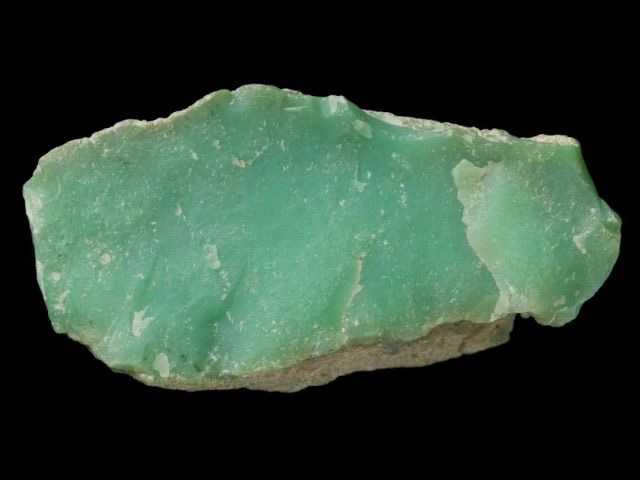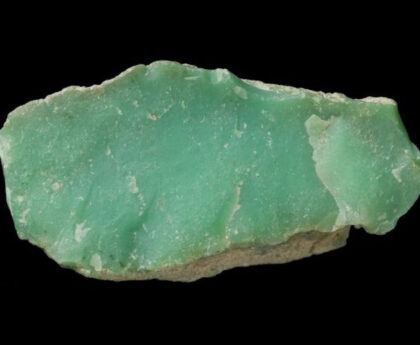Ethiopia is a country with a rich history and a diverse array of natural resources, including a variety of gemstones. The gemstone industry is an important contributor to Ethiopia’s economy, and the country is known for producing a range of high-quality gemstones that are sought after by collectors ,jewelry designers and manfaturer around the world. For example, the top USA jewelry wholesale supplier uses some natural African gemstones and design many very popular gemstones jewelry.
In this post, we will take a closer look at the types of gemstones that are produced in Ethiopia, the mining process for these gemstones, and the role of the Ethiopian government in regulating and promoting the gemstone industry.
List of Gemstones Produced in Ethiopia
Ethiopia is known for producing a wide range of gemstones, including some that are quite rare and highly prized. Here is a list of some of the most notable gemstones that are mined in Ethiopia:
- Opal: Ethiopia is a major producer of opal, and the country is known for producing some of the finest and most valuable opals in the world. Ethiopian opals are prized for their bright colors and patterns, which can range from fiery reds and oranges to cool blues and greens.
- Emerald: Ethiopia is home to several large emerald deposits, and the country is a significant producer of this highly sought-after gemstone. Ethiopian emeralds are known for their rich green color and good clarity, and they are often used in high-end jewelry.
- Sapphire: Ethiopia is also a significant producer of sapphire, with several large deposits of the gemstone located in the country. Ethiopian sapphires are known for their deep blue color and good clarity, and they are often used in high-end jewelry.
- Garnet: Ethiopia is a significant producer of garnet, and the country is known for producing a variety of different types of this gemstone. Garnets come in a range of colors, including red, orange, yellow, and green, and they are often used in jewelry and other decorative items.
- Amethyst: Ethiopia is a major producer of amethyst, and the country is known for producing some of the finest and most valuable amethysts in the world. Amethysts are prized for their deep violet color and are often used in high-end jewelry.
- Topaz: Ethiopia is also a significant producer of topaz, and the country is known for producing topaz in a variety of colors, including yellow, pink, and blue. Topaz is often used in jewelry and other decorative items.
- Tourmaline: Tourmaline is another gemstone that is produced in Ethiopia, and the country is known for producing tourmaline in a variety of colors, including pink, green, and red. Tourmaline is often used in jewelry and other decorative items.
- Aquamarine: Ethiopia is a significant producer of aquamarine, and the country is known for producing this gemstone in a range of shades from pale blue to deep blue. Aquamarine is often used in high-end jewelry.
- Zircon: Ethiopia is also a major producer of zircon, and the country is known for producing zircon in a variety of colors, including blue, green, yellow, and orange. Zircon is often used in jewelry and other decorative items.
- Peridot: Ethiopia is a significant producer of peridot, and the country is known for producing this gemstone in a range of shades from pale green to deep green. Peridot is often used in high-end jewelry.
The Mining Process for Ethiopian Gemstones
The mining process for gemstones in Ethiopia varies depending on the type of mine and the specific gemstone being extracted. In general, there are two main types of mines in Ethiopia: open-pit mines and underground mines.
Open-pit mines are used to extract gemstones that are found near the surface of the earth. These mines are typically large, open pits that are dug into the ground using heavy machinery. The gemstones are then extracted from the pit and processed for use.
Underground mines, on the other hand, are used to extract gemstones that are found deeper below the surface of the earth. These mines are typically smaller and more labor-intensive, as they require workers to dig tunnels and shafts to reach the gemstones.
In both types of mines, the gemstones are typically extracted using a combination of drilling, blasting, and manual labor. Once the gemstones have been extracted, they are cleaned, sorted, and graded according to their quality and value.
The role of local communities in the mining process is also an important consideration in Ethiopia. Many small-scale mines in Ethiopia are owned and operated by local communities, and these mines provide a vital source of income and employment for the people living in these areas.
However, the mining process can also have negative impacts on the local environment and communities. For example, mining can lead to land degradation, pollution, and other environmental problems if not properly regulated and managed.
To address these concerns, the Ethiopian government has implemented a number of regulations and policies to promote sustainable and ethical practices in the gemstone industry. These efforts include measures to minimize environmental impacts, ensure fair labor practices, and promote the responsible trade of Ethiopian gemstones.
The Role of the Ethiopian Government in the Gemstone Industry
The Ethiopian government plays an important role in regulating and promoting the gemstone industry in the country. The government is responsible for setting policies and regulations that govern the mining, processing, and trade of gemstones in Ethiopia.
One of the main ways that the government promotes sustainable and ethical practices in the gemstone industry is by implementing strict regulations and oversight of the mining process. This includes measures to minimize environmental impacts, such as limiting the use of harmful chemicals and requiring mines to reclaim and rehabilitate mined land.
The government is also involved in promoting the export and trade of Ethiopian gemstones. This includes efforts to market Ethiopian gemstones to international buyers and to develop partnerships with other countries to expand trade opportunities.
Overall, the Ethiopian gemstone industry is an important contributor to the country’s economy and a source of pride for the people of Ethiopia. By producing a wide range of high-quality gemstones and promoting sustainable and ethical practices, the industry is well positioned to continue to grow and thrive in the future.
Conclusion
In conclusion, Ethiopia is a significant producer of a wide range of high-quality gemstones, including opal, emerald, sapphire, garnet, amethyst, topaz, tourmaline, aquamarine, zircon, and peridot. The mining process for these gemstones varies depending on the type of mine and the specific gemstone being extracted, and the industry is regulated and promoted by the Ethiopian government to ensure sustainable and ethical practices.
The gemstone industry is an important contributor to Ethiopia’s economy, providing employment and income for local communities and driving economic growth. With a rich history and a diverse array of natural resources, Ethiopia is well positioned to continue to be a major player in the global gemstone market in the future.




